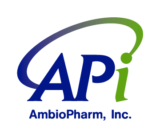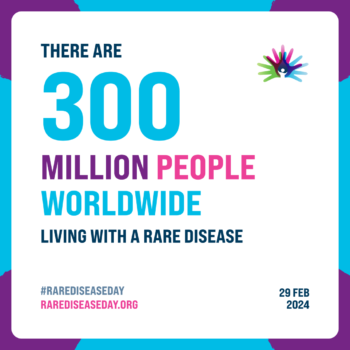First posted February 28, 2023, updated February 27, 2024
Rare Disease Day® takes place in late February every year and was created to raise awareness to bring about change. A disease is categorized as a rare disease if it affects fewer than 1 in 2000 people. Around 70% of rare diseases begin in childhood and nearly 1 in 5 are cancers.1 There are over 7,000 known rare diseases, many of which are fatal. Because so few people are affected by a given rare disease, there often is not much attention, research, or funding for most rare diseases. In the US, the Orphan Drug Act was signed into law in 1983 and incentivizes development of drugs for rare diseases through tax breaks, user fee waivers, and market exclusivity incentives. In addition, the US FDA has grants available for funding of rare disease research2 and in 2022, the Center for Drug Evaluation and Research (CDER) launched the Accelerating Rare disease Cures (ARC) Program to speed up development of treatments for rare diseases.3
Peptides by nature have several advantages as options to treat and detect disease, some of which are cell permeability, receptor binding, and tumor targeting.
Some peptides in clinical development for rare diseases are:
- a PTH analog for treating hypoparathyroidism4
- insulin-like growth factor binding protein 2 (IGFBP2) peptide for regulating fat and glucose metabolism4
- peptide vaccine targeting CMV antigen for the treatment of newly diagnosed pediatric high-grade glioma5
- peptide for improving treatment for degenerative retinal diseases
- broad-spectrum antibiotic peptide, for the treatment of prosthetic joint infections (PJI)6
- rusfertide, a hepcidin mimetic for treating iron overload, such as polycythemia vera7
Select approved drugs for rare diseases include:
- Ziconotide, derived from the sea snail venom, ω-conotoxin, and interferes with pain signals and was approved for alleviating long-term pain
- Afamelanotide, for prevention of phototoxicity in adults with erythropoietic protoporphyria
- Carfilzomib, for multiple myeloma in adults
- Ciclosporin, for severe vernal keratoconjunctivitis in children over 4 years and adolescents
- Lutetium Lu 177 dotatate, to treat somatostatin receptor positive, gastroenteropancreatic neuroendocrine tumors
- Pasireotide, for acromegaly Cushing’s disease
- Teduglutide, a GLP-2 analog that promotes mucosal growth, for short bowel syndrome
AmbioPharm can support companies developing peptides for rare diseases with cGMP manufacturing and supply of peptides in clinical development or approved commercial products for the treatment, prevention, and diagnosis of many rare diseases. As a peptide contract development and manufacturing organization (CDMO) providing cGMP peptide APIs with capabilities ranging from research to commercial scales, AmbioPharm actively engages with innovative biopharmaceutical companies in developing first-in-class, best-in-class, and breakthrough peptide technologies that utilize AmbioPharm’s peptide manufacturing expertise and in-depth scientific experience in novel and conventional peptide chemistry.
References
- https://www.rarediseaseday.org/ (also source of the graphic)
- https://www.fda.gov/patients/rare-diseases-fda
- https://www.fda.gov/drugs/drug-safety-and-availability/cder-launches-new-accelerating-rare-disease-cures-arc-program
- https://globalgenes.org/raredaily/amolyt-aspires-to-be-a-leading-rare-disease-company/
- https://www.fda.gov/news-events/press-announcements/fda-awards-11-grants-clinical-trials-develop-new-medical-products-rare-disease-treatments
- https://www.prnewswire.com/news-releases/peptilogics-receives-fda-orphan-drug-designation-for-novel-peptide-therapy-for-the-treatment-of-prosthetic-joint-infections-301126142.html
- https://www.protagonist-inc.com/our-science/product-candidates/default.aspx

 中文
中文